Imagine you to the gym, you are motivated to workout, and you finally walk onto the gym floor, where a sea of equipment awaits you.
The next question is “What exercises are you doing?”
When I talk about exercise, I am talking specifically about resistance training, aka LIFTING WEIGHTS.
Between dumbbells, barbells, machines, bodyweight, cables, kettlebells, bands, stability balls, you seemingly have an endless variety of exercises available.
So how does one know what to do?
There is a System for Understanding Exercises
And it is not a complicated one.
As you will learn shortly, lifting weights is a scientific process based on human anatomy, biomechanics, and foundational movements that we all are capable of.
For the regular person, the “average joe”, when they go to the gym, their ability to work out effectively is limited if the only know a small number of exercises.
But you dont need to learn exercises one by one. Once you understand foundational movements, a whole world of training will open up to you.
There are only FIVE foundational movement patterns that the human body does in the gym.
These FIVE patterns account for about 90% of exercises, as you will learn shortly.
I would teach my clients these foundations within their first month of training. And I am about to teach you now.
The Foundational Movement Patterns
The foundational movement patterns are based on our ability to produce muscular force in FIVE primary patterns of motion. These directions are the same for everyone. Whether you are young or old, tall or short, man or women, these movements are universal. These movements are not equipment specific. They can be done a variety of ways with ANY kind of training implement.
They are as follows:
Pushing (Horizontal and Vertical)
Pulling (Horizontal and Vertical)
Squat (simultaneous hip flexion and knee flexion)
Lunge (single leg hip flexion and knee flexion)
Hip Extension aka Hip Hinge (hip flexion and extension only)
Almost everything you do in the gym that is lifting weights falls into one of these categories.
Lets learn each foundation one by one so they make sense
Pushing (or pressing, the two terms are interchangeable)
Pushing is exactly what it says. You can push objects away from, or push yourself away from objects. Pushing movements always recruit the same muscles, the chest, triceps, and shoulders. You can push horizontally, which is chest pressing. All horizontal pressing movements will ALWAYS involve the pectoral muscles to some degree. Bench press being the most famous example.
You can push vertically, which is shoulders. Overhead pressing recruits the anterior and medial deltoids, as well as the triceps. Here you see a young woman using a shoulder press machine. She is pressing the lever arms overhead. Any pressing exercise that goes overhead, you can always assume it is shoulders and triceps.Isolated movements like tricep pushdowns or lateral raises are isolating particular segments of the larger pattern that is pushing/pressing.
For example, a tricep pushdown train the extension function of the tricep.Or another example, here a banded lateral raise is isolating the adduction function the deltoids (raising the arms). This exercise could be done with various forms of resistance, but the underlying biomechanics dont change
Pulling (Horizontal and Vertical)
All pulling movements recruit the muscles of the back, and the biceps. Pulling is the opposite of pushing.
A pull is grabbing a resisting force/object and pulling towards your center of mass. Or grabbing onto an unmoving object, and pulling your center of mass towards it. All pulling exercises will recruit the muscles of the back, along the biceps.
You can pull in two primary directions
You can pull horizontally, such as a seated row, or bodyweight row. all rowing exercises are horizontal pulls. Horizontal pulls will recruit more the trapezius muscles compared to vertical pulls.You can pull vertically. Chinups, pullups, pulldowns are all vertical pulls. Vertical pulls will always recruit the latissimus muscle significantly. Chinups isolate the latissimus more than pullups, which incorporate more of the trapezius and posterior deltoid musculature.
Here you can a class of crossfitters doing pullups together.Squatting
A squat is your knees and hips bending together, specifically knee flexion and hip extension. Your center of mass moves vertically up and down, ascending and descending.
Squatting is considered a preeminently important exercises because trains two essential functions; the ability of your knees and hips to bend and coordinate together, and the ability to sit down and stand up.
If your knees cannot bend and your hips cannot bend, your ability to walk and move is compromised.
Squatting has obvious transference to any kind of athletic movement that requires lower body strength. Running, jumping, accelerating, all of these activities and more require functional knees and hips.The major muscles recruited in a squat movement of the quadriceps and the gluteal muscles. Contrary to popular belief, the hamstrings are not stimulated in a squat.
Squatting can be done a variety of ways: with a barbell, Dumbbells, Machines of various kinds, and much more. Depending on the piece of equipment, the setup may change slightly, but the underlying principle is the same; your knees will bend to some degree, your hip will bend to some degree. Squats can emphasize quadriceps (knee flexion), or the glutes (hip flexion).Squats can always be modified to suit someones physical structure. There is no ultimate way to squat. The “form” of your squat will look different based on YOUR body. A person who is a 5’9 with short legs and long torso will have a very different looking squat from someone who is 6’5. Do not compare apples to asparagus.
How you squat is contextual to your body structure and your goals.
The difference between squatting and lunging: Squatting is any lower body knee and hip flexion exercise done in a stable position.
A bulgarian split squat is not a lunge because the body is balanced and braced the entire time, with no change in the foot position.
In contrast a reverse lunge would not be called a squat, because of the stepping back motion and returning to both feet being together. This introduces a balance component that the stable squat eliminates.Lunge
The difference between a squat and a lunge is simple; a squat is two legs working equally in the same position, while a lunge is one leg actively working, with one leg passive. Lunges are a unilateral exercise, meaning single limb.
Whereas a squat is bilateral, with both feet equal distance apart and it is easy to balance, in a lunge while leg is the working leg, while the other leg is the supporting leg. While squats can be loaded with more weight, lunges introduce an element of cyclical gait (moving from leg to leg) and require contralateral stability, meaning that one side of your must stabilize and coordinate with the moving side.
One can be strong as squatting while being poor at lunging. If lunging is hard for you and you lack balance or flexibility for it, your athletic ability is compromised.
Lunges can be done in multiple directions
Forwards-trains deceleration
Backwards (often called reverse lunges)-trains glutes and quadriceps
To the Side, (lateral lunges)-trains quadriceps and adductorsWeight can be added with a barbell, dumbbells, smith machine, kettlebells, bands. Again, the underlying movement is the same, what changes is how it is loaded and what the muscle emphasis is.
To note: a movement like a step-up can be considered both a lunge and a single leg squat.And as a matter of semantics, the Bulgarian split squat is technically a lunge .
Hip Hinge
A hip hinge is your hips extending forward and back, and your center of mass moves horizontally, not up and down. Your knee bend is minimal. Anything that has horizontal displacement of the hips with no knee bend is a hinge. A hinge in its simplest definition is the hips bending.
Deadlifts are hip hinges, as are kettlebell swings, and 45 degree hyper extensions.
Deadlifts can be done with barbell, dumbbells, trap bar, cables, bands, machines, and any combination thereof.
The primary movers (the muscles dynamically moving) in a hip hinge are the glutes and hamstrings, and the back is being worked isometrically. While deadlifts are considered a back exercise, none of the muscles in the back are being trained dynamically. Despite, the intense loading of the deadlift will develop the spinal erectors and trapezius muscles to a degree, simply from the high levels of mechanical tension sustained for long periods of time.
A Romanian Deadlift is a Glute dominant deadlift.
A Stiff-Leg Deadlift is a Hamstring dominant deadlift. They are not the same exercise
From these 5 Foundational Movements come Hundreds of Exercises
Effective training is always designed around these foundations. A good workout is not predicated on a single ultimate exercise, but choosing versions of these exercises that suit your body, your skill level, and your particular goals.
Once you learn these foundations, programming workouts will make much more sense. Pushing and Pulling are upper body. Squat and Hinging are lower body. An Push Pull Legs Split is movement based and then organized by muscles. A Bro split breaks the movements down into their major muscles and trains them that way. A total body workout will need at least 5 exercises to train all patterns thoroughly.
In later articles we will look at popular examples of each movement foundation and detail the major muscles involved.


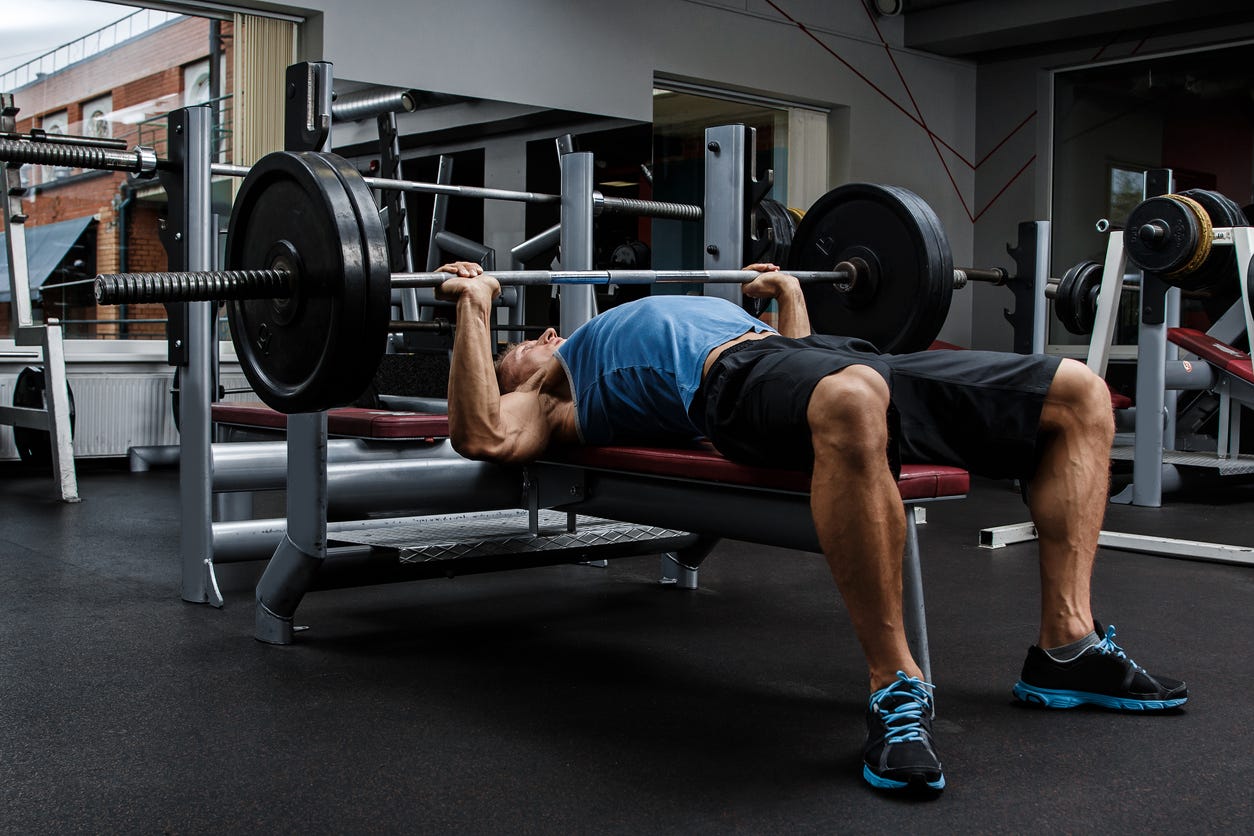
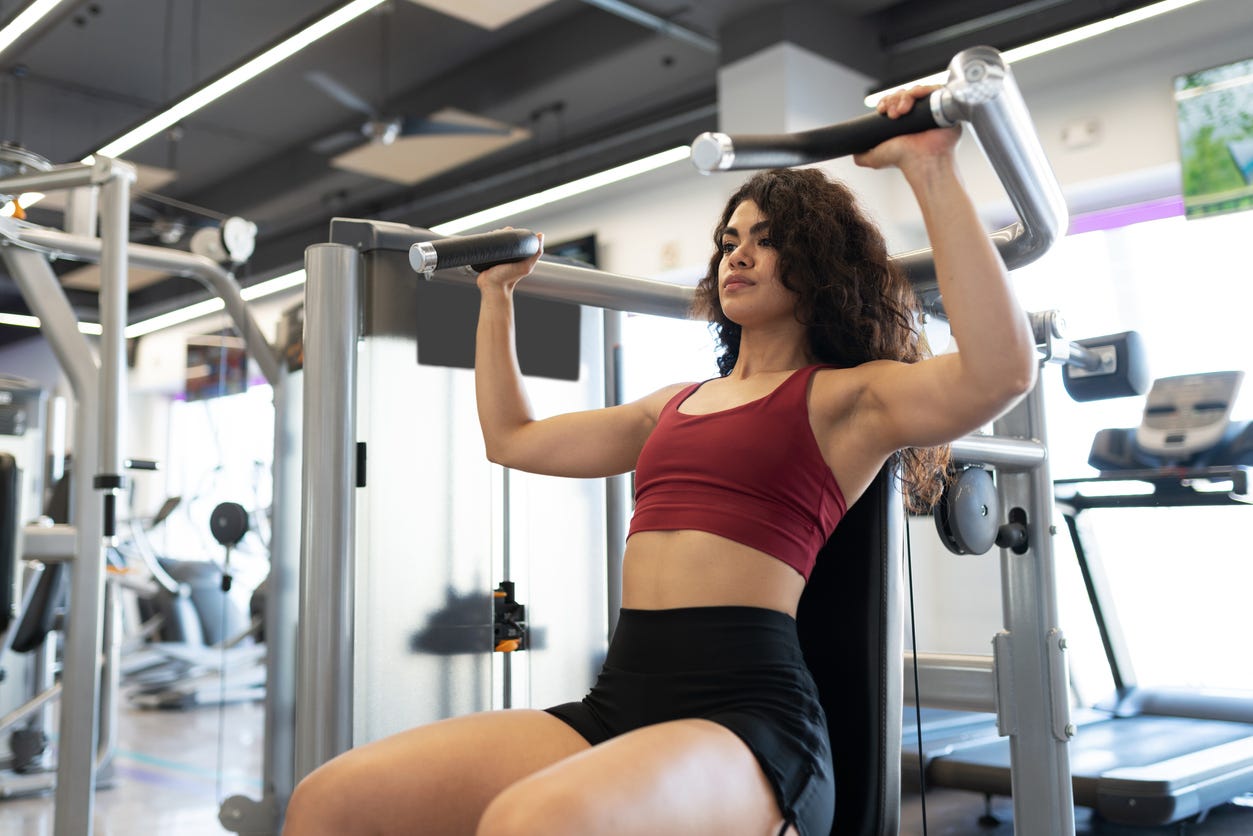
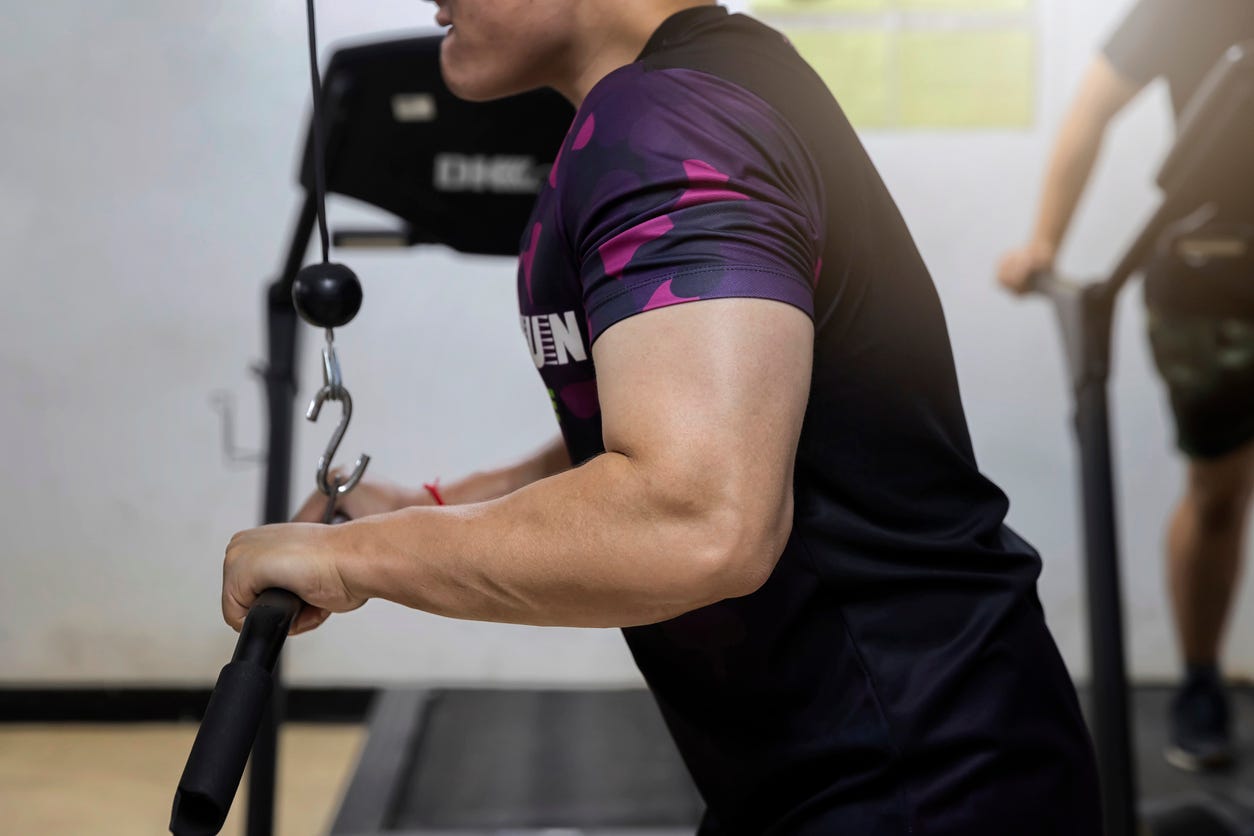
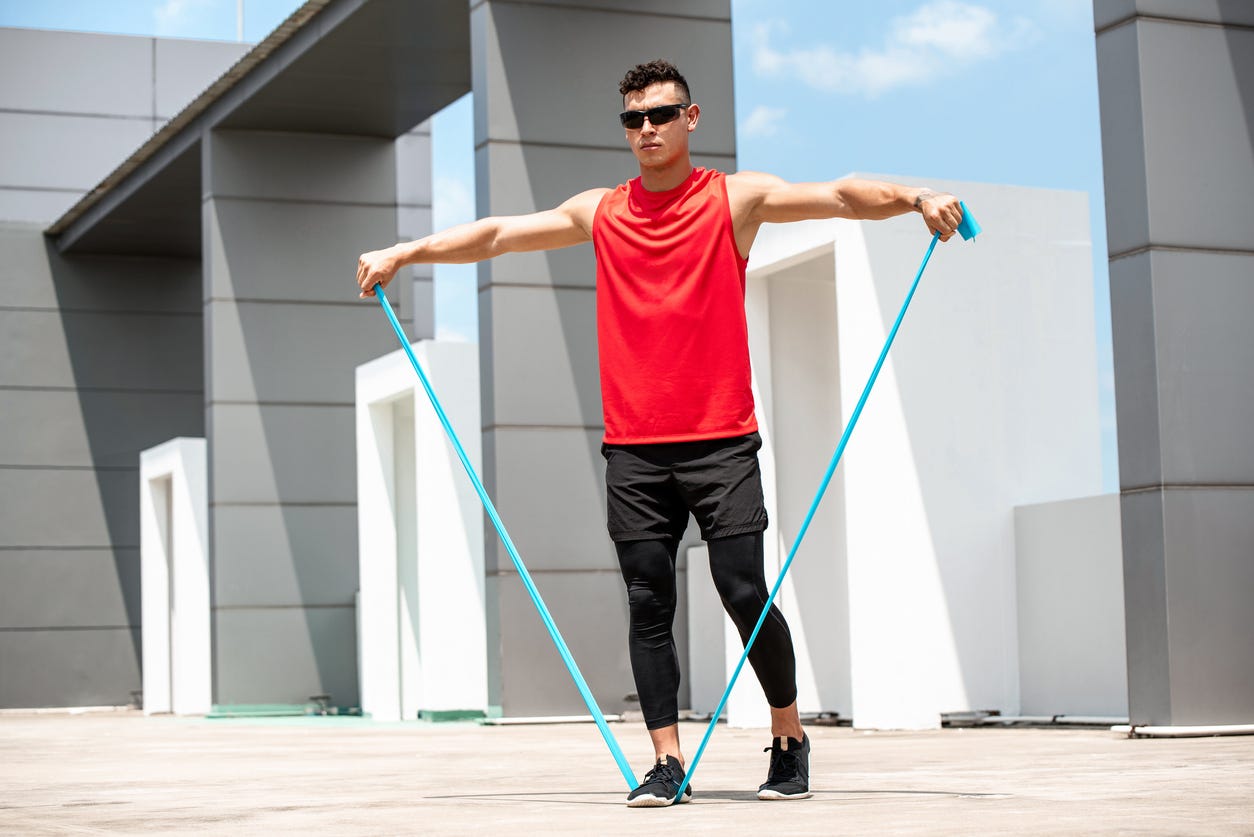
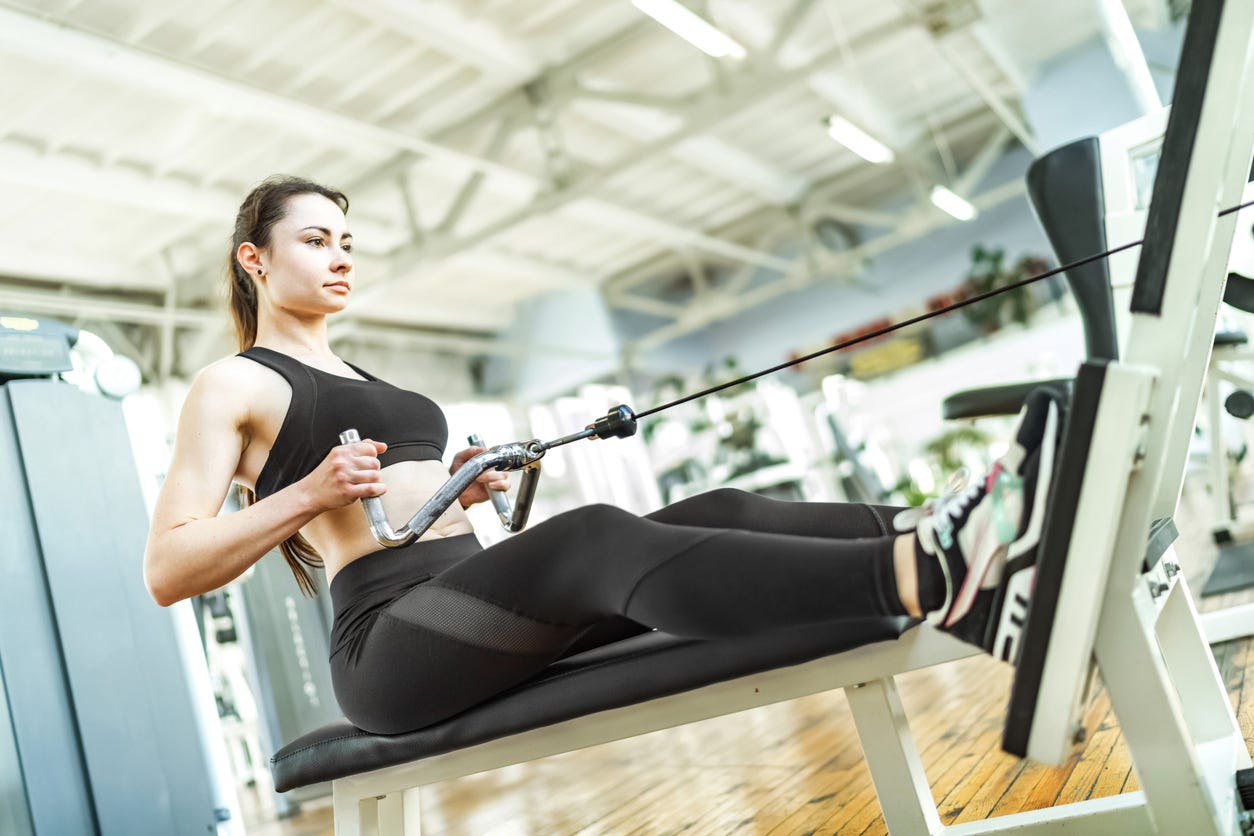
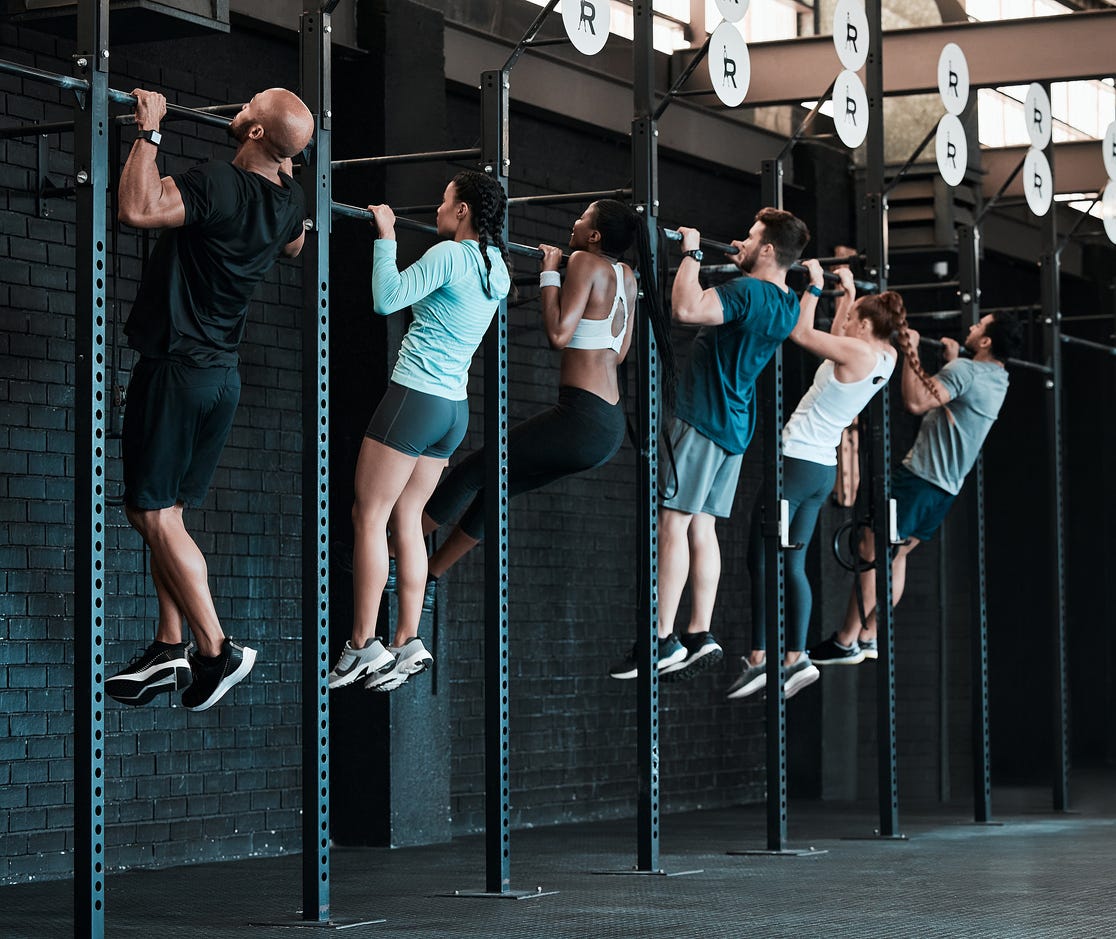
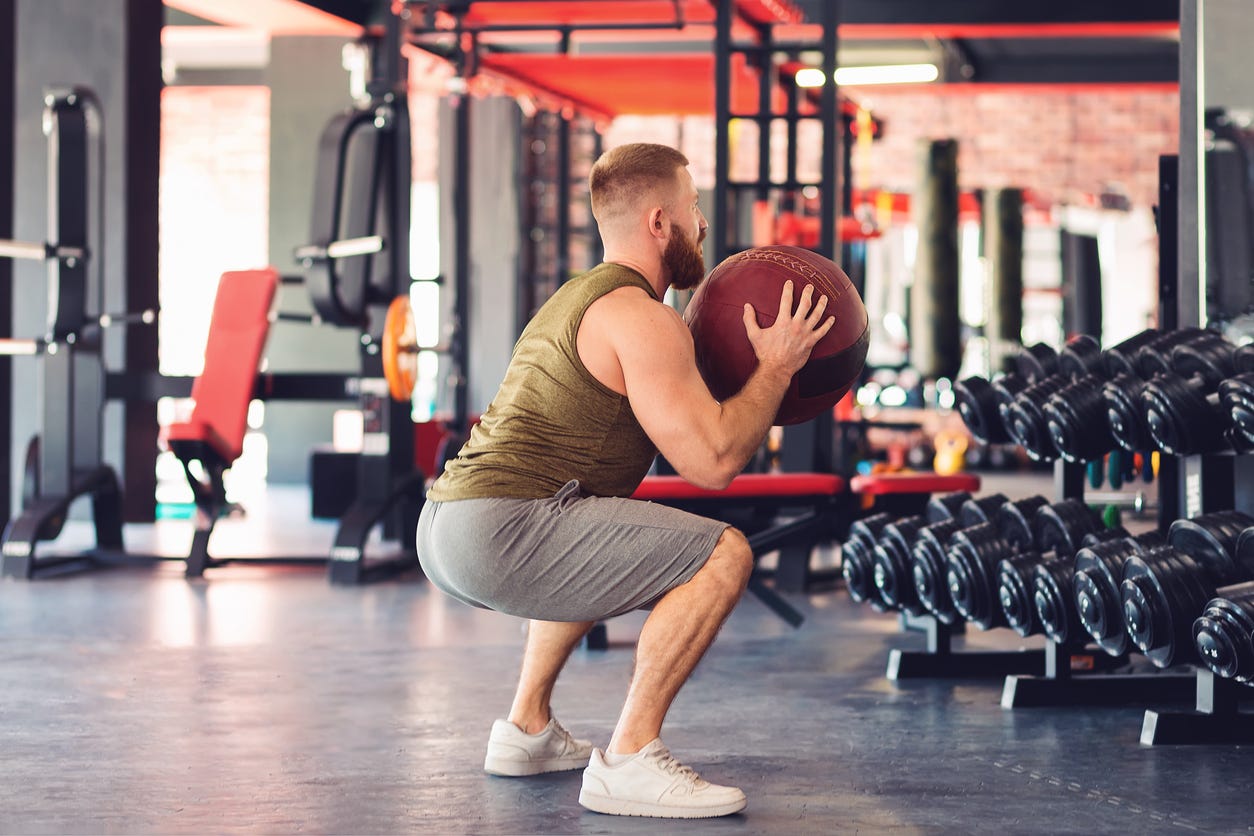
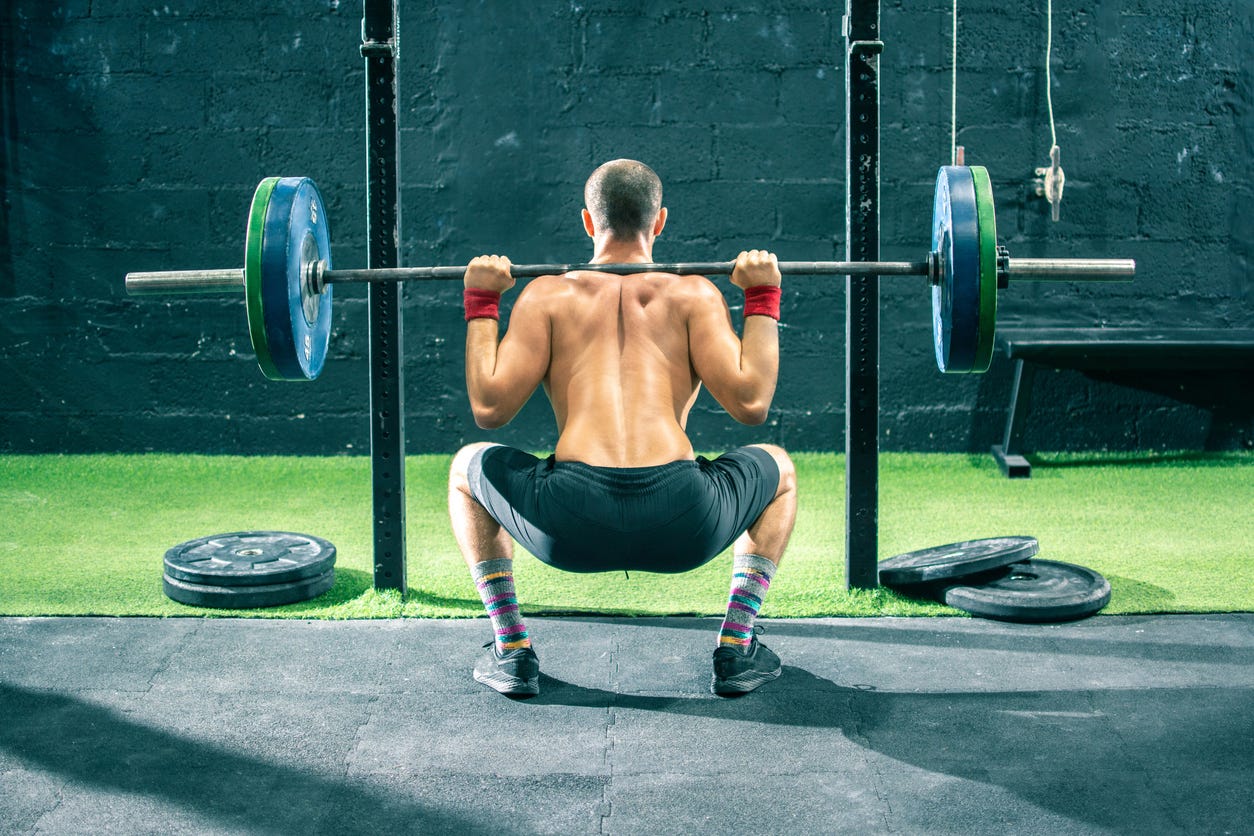
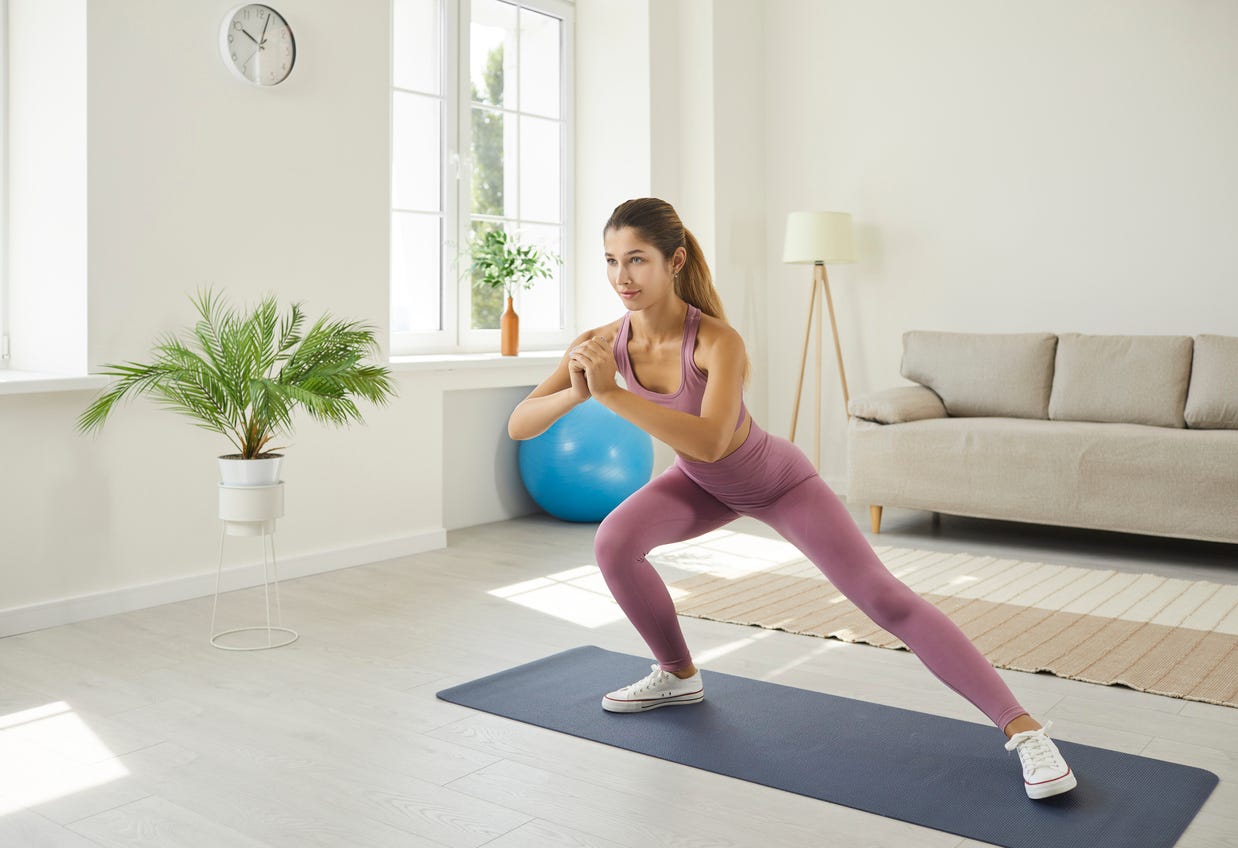
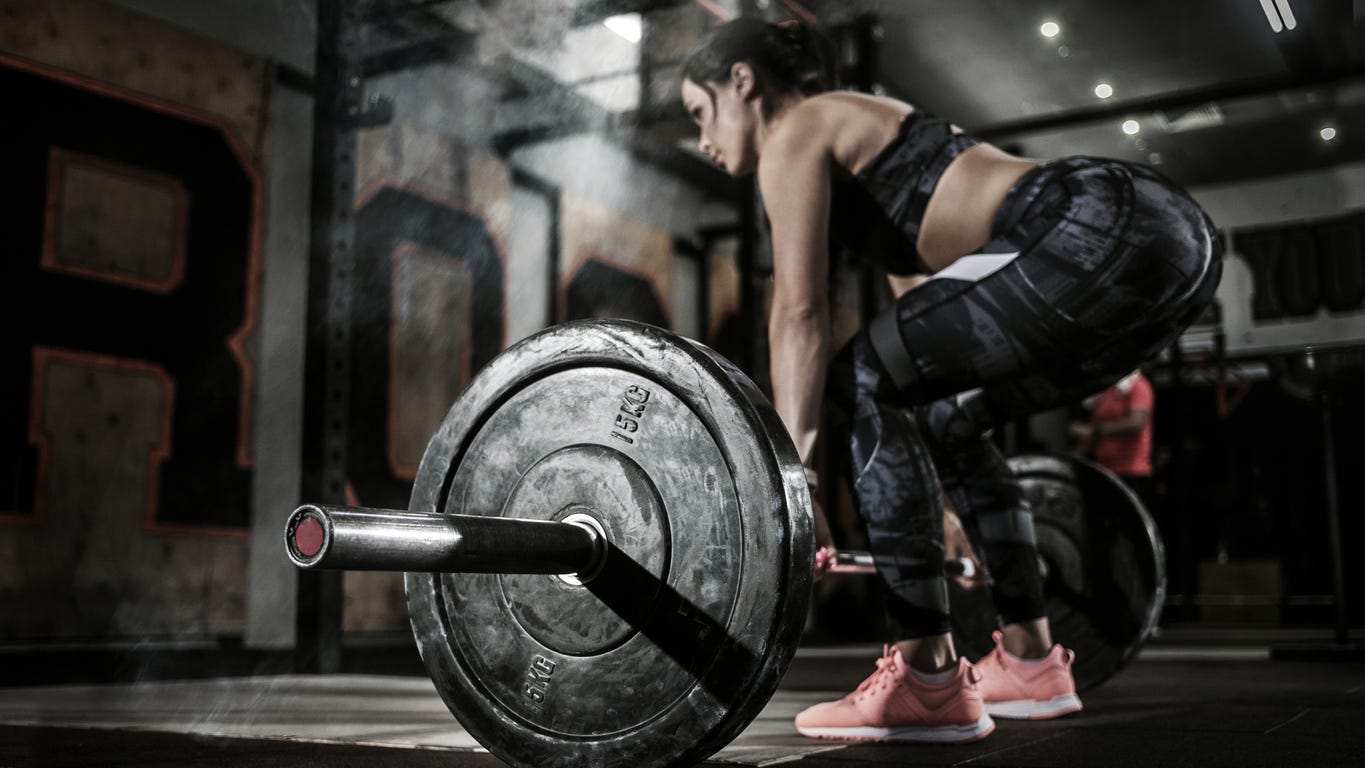
Always excellent information. Thank you.